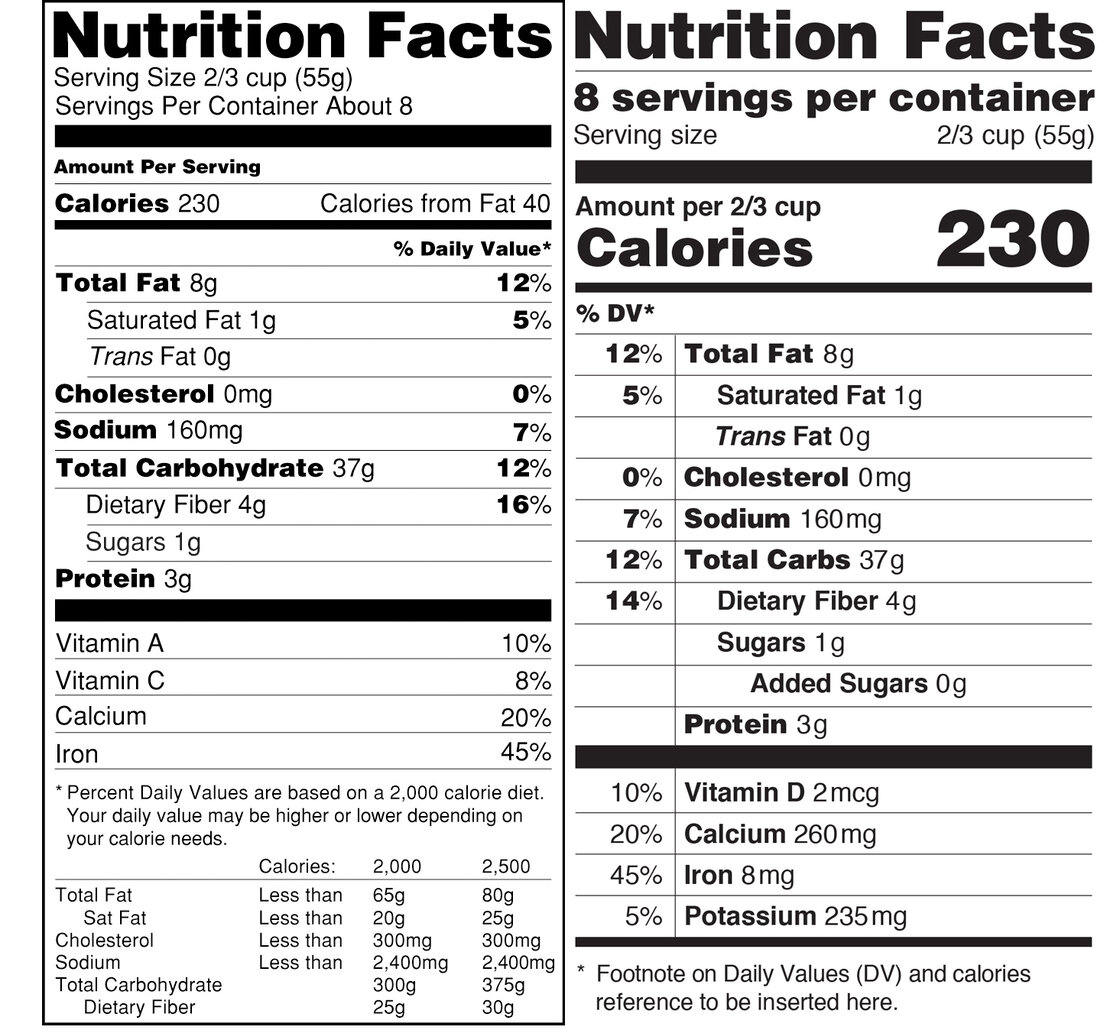The government’s largest-ever study of Hispanics’ health may help answer why they live longer than other Americans but the first results suggest that for some, the trend might be in jeopardy.
Overall, high rates of high blood pressure, obesity, diabetes and pre-diabetes were found, especially among older adults. But troubling signs were seen among younger Hispanic adults. They were the least likely to have diabetes under control, and the least likely to eat recommended amounts of fruits and vegetables.
Hispanics from Puerto Rico were among the least healthy, while those from South America, who tend to be more recent arrivals, were among the healthiest.
The landmark study is the most comprehensive effort to document the health of U.S. Hispanics. It has followed more than 16,000 Hispanics aged 18 to 74 since 2008.
The National Heart, Lung and Blood Institute released initial results revealing a diverse group whose health habits depend partly on their age and country of origin.
Mexican-Americans are the largest and oldest Hispanic group nationwide, but there has been more recent growth among Dominicans and those from Central and South America.
Researchers in four cities are documenting prevalence of chronic disease and risk factors, and trying to determine how adopting U.S. lifestyles affects Hispanics’ health. Aviles-Santa said the results may provide a better understanding of what some call the “Hispanic paradox” — longer lives than non-Hispanic white Americans despite some known health risks.
“We’ve never had a study of this magnitude,” said Dr. Martha Daviglus, lead investigator for the study’s Chicago site and a researcher at the University of Illinois in Chicago. “Hispanics and Latinos are underserved and understudied.” She said the results will help communities find better ways to prevent health conditions afflicting different Hispanic populations.
Among the findings:
—High blood pressure affects almost one-third of Cuban-Americans and Puerto Rican-Americans, versus one-fifth of those from South America.
—Diabetes affects one in five Puerto Rican-Americans versus 11 percent of South Americans.
—Obesity affects nearly half of Puerto Rican-Americans, versus 30 percent of those from South America.
—One-third of Puerto Rican-Americans are smokers, versus 11 percent of those from the Dominican Republic.
—One-third of all Hispanics aged 18 to 44 have one risk factor for heart disease.
—More than half of Hispanic men aged 45 to 74 eat five or more fruits and vegetables daily, versus about 2 in 5 women of the same age and just 1 in 3 women aged 18 to 44.
Read entire article at http://www.washingtonpost.com/national/health-science/landmark-hispanic-study-may-offer-longevity-clues/2014/02/24/a09354d8-9d9e-11e3-878c-65222df220eb_story.html







